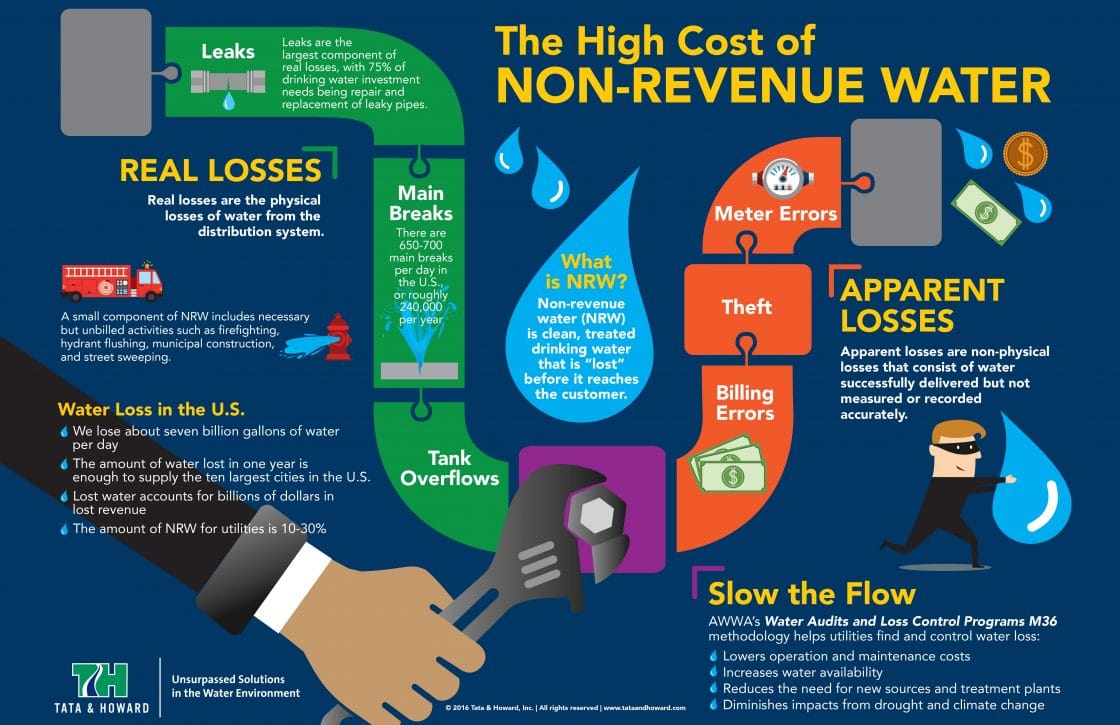Solar Energy Trends: Projections For The Sector In The Years Ahead
Solar Energy Trends: Projections For The Sector In The Years Ahead
Blog Article
Article Produced By-Clapp Klit
As you contemplate the future of solar power, imagine a landscape where technology and sustainability merge. The coming years hold the guarantee of substantial advancements in solar innovation, reshaping the market as we know it. With efficiency gains and expense reductions on the horizon, the capacity for solar power to transform our power landscape is enormous. Keep tuned to find exactly how these developments will certainly form the future of renewable energy and drive us towards a greener tomorrow.
Technical Developments in Solar Panels
Solar panels have seen impressive technical innovations over the last few years. One substantial improvement is the rise in effectiveness, enabling solar panels to convert sunlight into power better. This has actually been achieved with advancements in products and layout, making solar power a much more practical and affordable choice for renewable resource resources.
An additional key development is the decrease in expenses related to manufacturing and mounting photovoltaic panels. As innovation has actually progressed, manufacturing processes have become a lot more streamlined, bring about lower rates for consumers. Additionally, the durability and lifespan of photovoltaic panels have improved, making them an extra lasting and long-term investment.
Innovations in energy storage space modern technology have actually likewise played a critical duty in improving the performance of photovoltaic panels. Batteries and various other storage solutions have ended up being much more effective and budget-friendly, making it possible for customers to keep excess power generated throughout the day for use during the night or throughout periods of low sunlight.
Boosted Adoption in Numerous Industries
With the need for lasting power remedies on the rise, various industries are progressively incorporating solar power systems into their operations. Companies in sectors such as manufacturing, agriculture, and transport are leveraging solar power to minimize their carbon impact and operating expense.
In production, photovoltaic panels are being set up on rooftops to power machinery and lighting, resulting in significant cost savings on electricity bills. Farming is also welcoming solar power by utilizing it for watering systems and powering farm devices, consequently minimizing standard fuel expenditures. Furthermore, the transport market is taking on solar innovation for charging electrical cars and lighting up parking lots.
The fad of raised adoption of solar power throughout industries is driven by the wish to be much more environmentally friendly and minimize dependence on non-renewable power sources. As solar innovation continues to advancement and come to be a lot more affordable, we can anticipate to see even more comprehensive combination of solar energy systems in various sectors in the coming years.
Policy Changes Driving Solar Development
Accepting renewable resource resources is essential for sustainable development in today's world. Get the facts play a substantial function in driving the development of solar energy. Governments globally are implementing numerous measures to promote the adoption of solar energy. Rewards such as tax credit reports, rebates, and feed-in tariffs urge individuals and businesses to buy solar innovation.
Additionally, regulations mandating a particular percentage of power to find from eco-friendly resources press energy companies to include more solar into their power mix. Moreover, plans focusing on net metering permit solar customers to sell excess power back to the grid, making solar setups extra financially feasible.
In https://www.cnet.com/home/energy-and-utilities/hawaii-solar-panels/ , renewable profile standards require a particular part of electrical energy to be created from solar energy, creating a steady demand for solar energy. These policy changes not just drive the development of the solar market but additionally add to decreasing carbon discharges and combating environment change. By sustaining and executing such plans, federal governments can accelerate the shift to a much more sustainable energy future.
Conclusion
To conclude, the future of solar energy looks intense with ongoing technological developments, increased adoption throughout sectors, and encouraging policy changes. With greater efficiency levels, minimized expenses, and improved energy storage space services on the horizon, solar energy is set to play a crucial function in the worldwide shift to a cleaner and a lot more lasting energy future. Welcome the capacity of solar power and belong of the renewable energy change!
